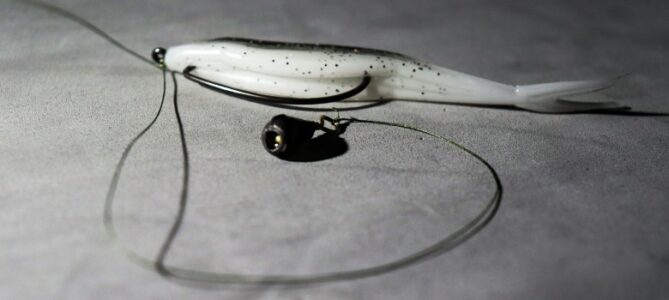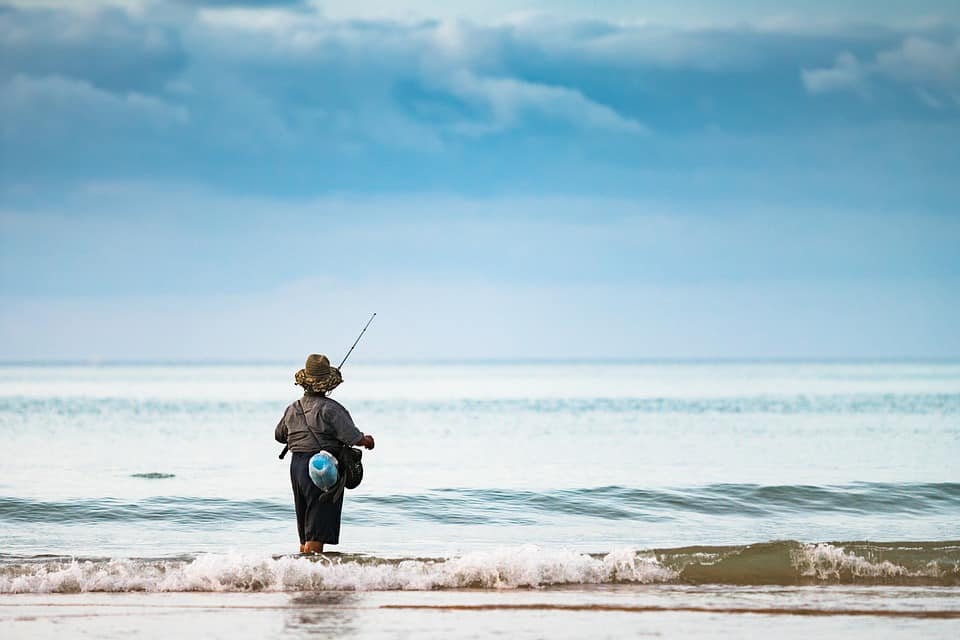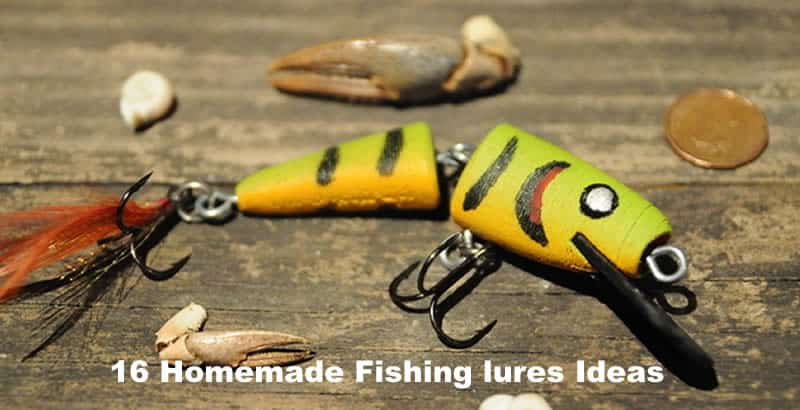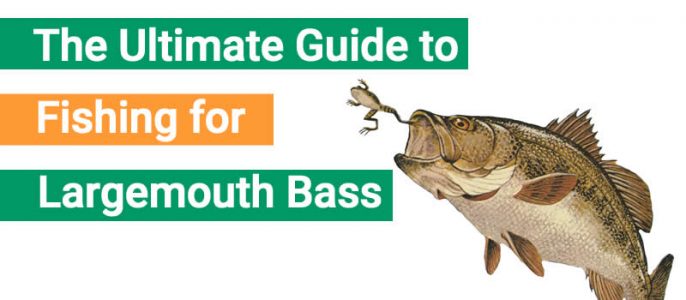If you buy via a link on this page, we may receive a commission, at no extra cost to you.Learn more
Fishing leaders might be one of the most common topics anglers argue about. When used correctly, a leader will help us to catch fish. But there is a lot of thought to determining the right material, length, and size combination.
The weight of the line is one of the most common questions anglers ask me. Should fishing leaders be heavier than the main line? I always use a lighter leader. But I do acknowledge that a thicker leader has its uses too.
Today I will explain what fishing leader weight you should use and why. I will also explore other curiosities so you can use them correctly to catch fish!
What Leader Material Should I Use?

Monofilament and fluorocarbon are the two most widely used leader materials. Which one to use depends on what you are doing. For example, fluorocarbon leaders are ideal if you use braid as the main line. Why? Well, fluorocarbon is less visible than braid under the water. Fish will be less likely to your main line if you add a few inches of fluorocarbon leader at the end.
However, it is incompatible with topwater lures since fluorocarbon sinks faster than mono! That’s why I don’t use fluorocarbon leaders when working the shallows. In this case, I use a monofilament leader, if any.
There is also the question of price. A monofilament fishing line is substantially cheaper than an equivalent fluorocarbon spool.
What About Wire Leaders?
The third most common leader material is metal wire. There is only one situation where I use steel wire, and that is when fishing for toothy fish such as muskies. You see, the wire is inherently more resistant to cuts than mono and fluorocarbon.
In a nutshell, you can rule out wire leaders if you are fishing for fish such as bass or trout.
How Long Should a Leader Be?
24 to 36 inches is what works best for me. Sometimes I even use leaders as short as 16 inches. This gives me enough room to rig my bait and cut back two or three times before changing the leader altogether.
One thing that I have learned after many years of fishing is to use short leaders when using rigs such as the Carolina rig. This will prevent the hook/lure from getting tangled with the main fishing line as the rig sinks.
Should The Leader Be Heavier Than The Line?
As we talked about before, I always go for a lighter leader. I achieve two things by doing this: First, I lose fewer yards of line since my setup is more likely to snap in the leader area. Plus, I get to keep any other pieces of tackle I use, such as sinkers and swivels.
This is especially useful when fishing on waters with dense covers. Most first-timers go for thicker leaders, thinking it will help them power through the weeds. Unfortunately, this will not be the case.
Keep in mind that you shouldn’t go too light either. For example, you can use a 6-pound leader with a 10-pound main line. Going lighter than this will only increase the chances of it snapping. Plus, it will be harder to join the two lines together.
I have met people that use thicker leaders when they are expecting the line to rub against rocks and underwater obstacles. I seem not to have any advantage according to my findings.
Do I Need A Fishing Leader?
You are not obligated to use a fishing leader. You can tie the hook and lure directly into the main line. Still, I do recommend adding one. I have saved countless yards of line, terminal tackle, and time simply by adding it to my rig.
Using a leader is mandatory in some cases. For example, when using a Texas Rig. I also add one to my setup when fishing in saltwater, mainly because I go after fish with sharp teeth.
How Do I Fix a Leader to the Main Line?
There are only two ways of doing it: Using a swivel or a knot. I try to avoid using a swivel. It only adds more weight and breaking points to the line. Plus, I found that fish tend to attack the swivel instead, especially when the water is clear and it is sunny outside. I only use swivels when my lure or rig is prone to twist.
I use a knot any other time. I know. You are asking yourself. Which fishing knot should I use? The double uni knot is the one that works best for me. Keep in mind that both lines should be equally thick. It will be impossible to tie them together otherwise.
Beware of The Line Guides
I keep the swivel or knot a couple of inches away from the tip guide. In other words, I don’t reel the knot or the swivel all the way in. You see, the line guides are more likely to pop off if you do this. Besides, it will prevent you from performing long casts. Bird nets are also more likely to happen in this scenario. Two inches is more than enough clearance.
Fishing Leaders: Choosing The Right Thickness
Using a fishing leader is simple. What is not simple is choosing the right one! You can cover most situations using mono fluorocarbon. The metal wire should only be used when engaging fish with sharp teeth.
Keep in mind that fluorocarbon sinks faster, refrain from using it with topwater lures. In terms of weight, I always go for a lighter leader. This way, I lose fewer yards of line, tackle, and time. A couple of pounds less than the main line should do the trick.
I use a double uni knot to join both the leader and main fishing line. I avoid swivels unless I’m working lures prone to twist the line or the rig compels me to use one.
Make sure to drop what length, weight, and leader material works best for you in the comment section! We always love to hear our readers’ stories.




